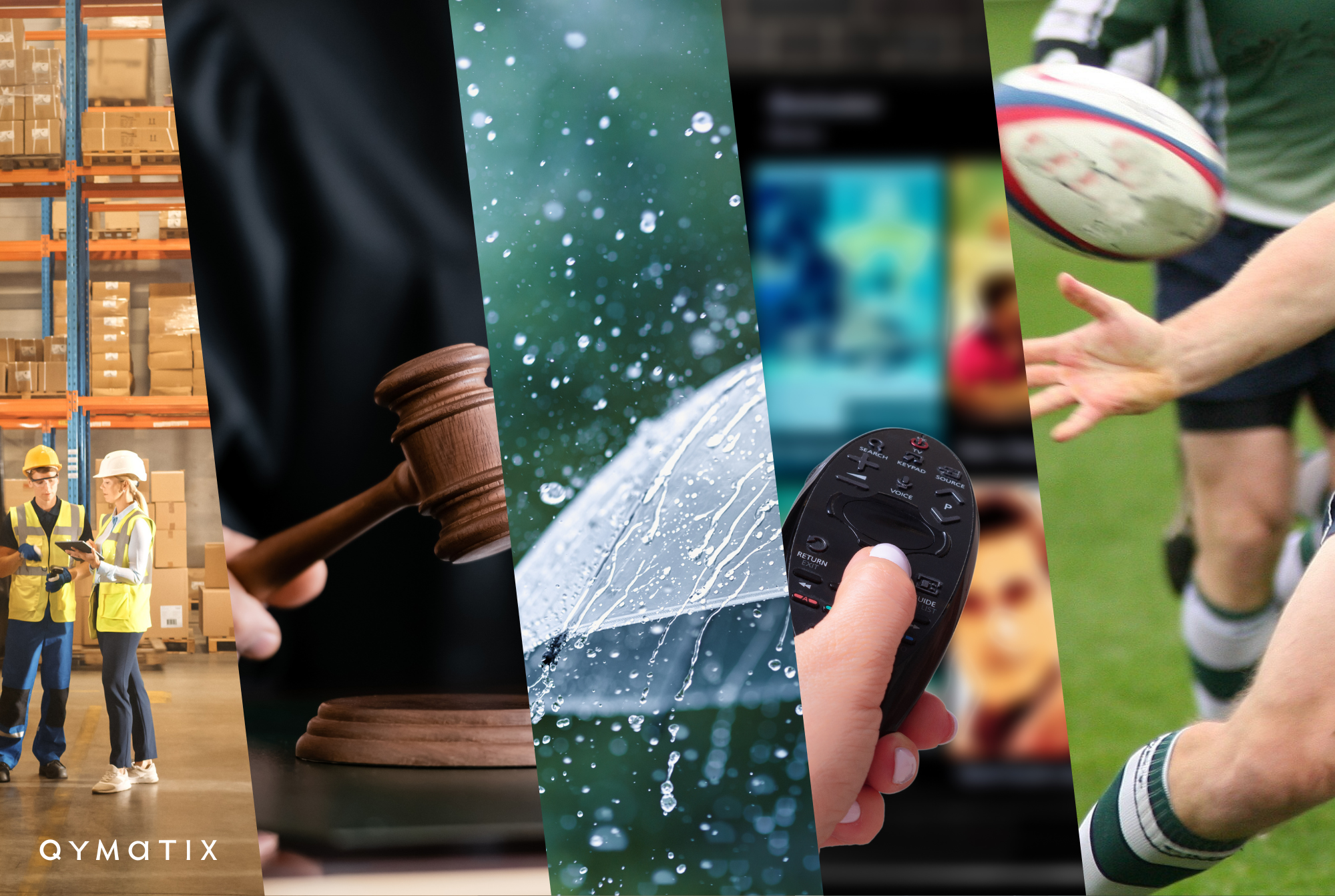Where is Predictive Analytics used?

Please enter your Email address
Surprising ways predictive analytics is used.
Predictive analytics isn’t new. In fact, there’s a very old story about target loyalty and number crunching that’s now the stuff of textbooks. The possibilities offered by AI models have also improved predictive analytics, with the result that this technology is now widely reported on.
Today we take a look at the surprising ways in which predictive analytics is being used and influencing our everyday lives and the economy.
Fashion trends
We all understand that computers can now predict things. It’s like astrologers from the past but with modern, reliable data. But this is leading to a ‘chicken and egg’ paradox. Is our analysis of, say, fashion trends responding to those trends or creating them? With clothing retailers churning out weekly micro-collections, the latter may be the case. Computers are amazingly good at seeing what’s getting buzz in the public space and generating recommendations for derivatives.
Better shopping experiences
With cameras that can look at your eye line and software that monitors weather patterns, retailers can make better shopping experiences for you. From product selections to layout and personalisation, predictive analysis fuels better commerce.
And it’s not just B2C either. Predictive analytics in B2B sales is transforming wholesale & manufacturing companies, reducing overheads and optimising catalogues. It’s useful in nearly every area related to sales from loyalty to customer service.
Determining legal outcomes
Not only can computers analyse court proceedings in real time to give an indication of how the defence is resonating, but they can also support lawyers to make effective arguments. That’s because most law is based on past decisions and that requires a lot of reading of bulky, cumbersome text. These tools can support the digesting and use of these decisions, way faster than a human paralegal could. And recently, an AI even passed the Bar Exam in America, outperforming recent law grads.
Understanding pictures
Self-driving cars use AI and predictive analytics to determine the likely behaviour of a number of variables while on the road. Which way a car might turn or how the road conditions will be impacted by rain, for example. But the applications for AI that understand pictures are far greater than robot taxis. The police are conducting research on predictive policing to see how this technology can help identify high-risk areas, for example.
Energy Management
Brownouts and blackouts halt the whole economy. So, it’s totally understandable that for energy companies, predictive analytics is important. This kind of software is used to forecast energy consumption, optimise power generation and improve efficiency across the whole operation. That makes dreaded service interruptions more unlikely and minimises the sectors’ possible negative impact on our GDP.
Keeping us healthy
While there are some concerns about who is being given access to our healthcare data, one thing is clear, AI and predictive analytics help us prevent illness. By monitoring people in real-time, computers may soon have a better track record than a lot of doctors at finding and diagnosing illness.
Preventing fraud
Predictive analytics is widely used in the finance sector to look for strange transactions that might be fraudulent. They can quickly find patterns and track down bad guys like crypto thieves and credit card cheaters. This can help protect innocent people from financial difficulties in the future and make online shopping even more secure.
Unlocking nature
Nature is still largely a mystery to us. But computers can learn amazing things from the outdoors. Research is being carried out into AI systems with the aim of decoding the language of whales. This could potentially allow us to communicate with non-human creatures in the future.
Predictive analytics in human resources
HR departments can use predictive analytics to improve them. The systems can help predict employee turnover and thus optimize succession planning. It is important to note that AI systems must not disadvantage individuals (in this case, employees).
Keeping us entertained
Not sure what to watch? How is it that Netflix, Amazon Prime Video, NOW and all the other streaming services just seem to know what to serve you? Predictive analytics. They’re useful not just for making personal recommendations, but also shape the types of shows that are being made overall.
Transportation
Delays are awful. That’s why airlines, railways and the like will use predictive analytics to optimise routes and enhance operational efficiency. It’s way better than human forecasting at anticipating demand or routing around traffic issues.
Agriculture
It’s actually likely no surprise that farmers were one of the earliest adopters of predictive analytics. They use science and AI to determine optimal planting and harvesting times, manage crop disease and improve irrigation. And this goes a long way towards boosting the abundance of food for everyone.
Sports
You might be shocked to learn that AI is all over modern sports training, however. Teams use predictive analytics to analyse player performance and predict game outcomes. They’re looking at footage and running it through complex systems to help optimise strategies and recommend more effective training plans too.
CALCULATE NOW THE ROI OF QYMATIX PREDICTIVE SALES SOFTWARE
Where is Predictive Analytics used? – Summary.
The use cases for AI and predictive analytics are diverse, as the above examples show. The technology has long since arrived in our everyday lives.
Predictive analytics is also used in the B2B sector and in wholesale sales in particular to forecast customer behavior. Successful wholesale companies use predictive sales software for dynamic pricing, product recommendations and to prevent customer churn.